
BMC Trailfox TF02 Review
American Poet Walt Whitman may have summed it up the best, “be curious, not judgmental.” When I first saw the BMC Trailfox, and pored over the angles and spec, I was conflicted. The head angle at 67 degrees looks promisingly slack and the long reach is enticing, but the wheelbase is downhill bike-long, leaving questions about maneuverability.
I made the jump to 29” wheels a few years ago, before the middle-sized option was widely available. I traded a 6” travel bike for 5 with the promise that big wheels would compensate for less endowment. To some extent that promise is kept, but those fast-rolling wagon wheels can get you into trouble. They sometimes lure you into terrain nastier than the travel will support. Is the Trailfox misleading, like a 70-year old in a Ferrari? Or does it rise to the occasion and perform as advertised?
The Trailfox comes in a total of 6 builds and a frame-only option. I have been riding the Trailfox TF02 XO1 which has a carbon front triangle, aluminum rear triangle and the SRAM XO1 group set. The TF02 frame can be purchased with a Shimano XT build or an SLX combination. If you plump for the TF01 you get carbon for the front and rear triangle and the TF03 is a all aluminum. There is a Trailfox to suit most budgets. The build on our XO1 bike was pretty choice. Almost everyone loves the Rock Shox Pike RC and the rear is sprung strongly by the Cane Creek DB Air. The smart-looking DT Swiss E1700 wheels are shod with Onza Ibex tires, which along with the bar, may be considered gaps in a generally solid spec.
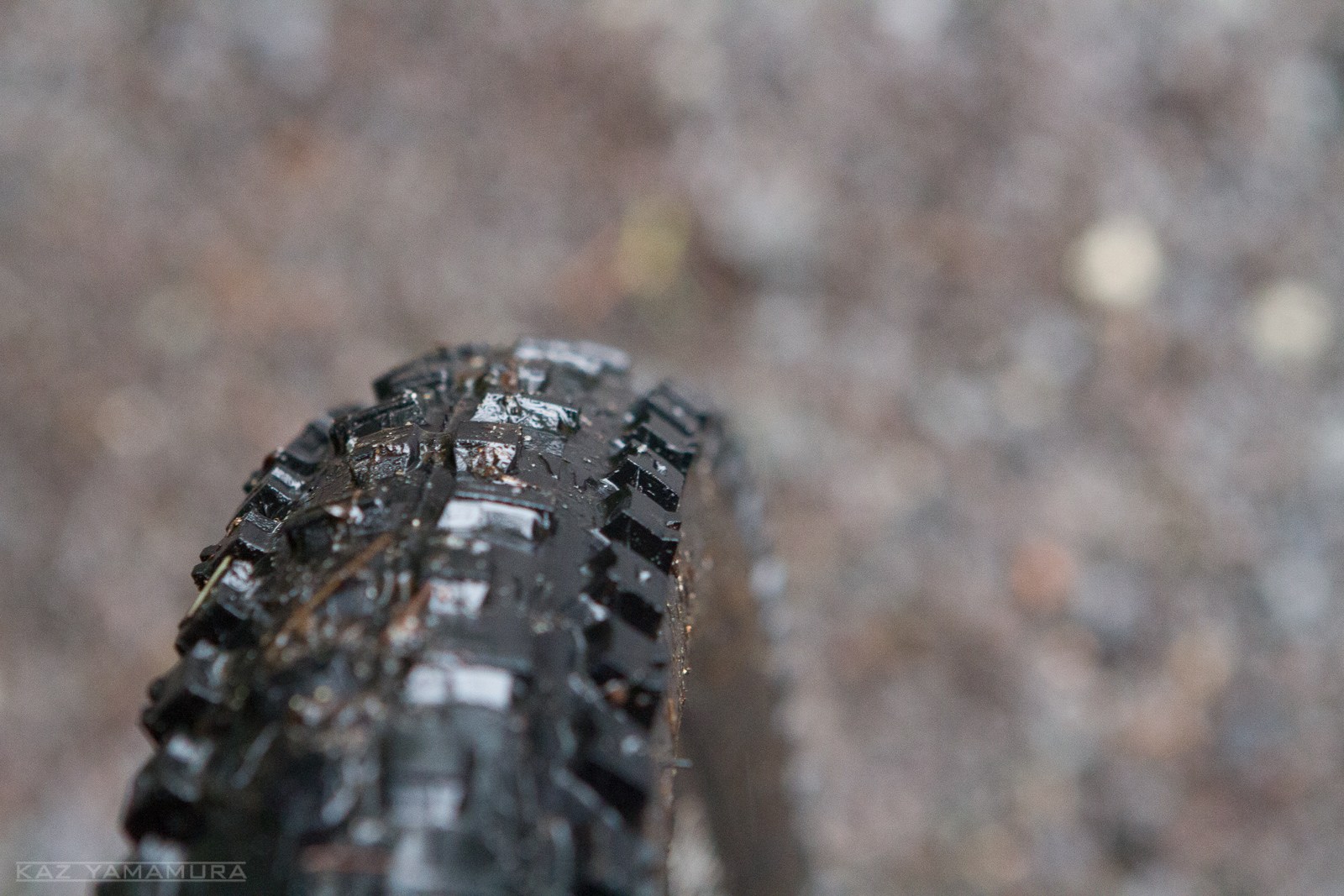
The Onza Ibex tires were new to me and were pretty respectable when the trails were drier. When things got well and loose the shallow tread just didn’t have enough bite. Save this for the summer.
The tires were pretty good when the going was dry and tacky, but when things got muddier and looser the low profile tread did not dig in enough, especially when braking. Living in the PNW, I switched the tires out for the winter – but the Onzas are acceptable for drier months. They roll quickly and have a trustworthy shoulder for aggressive cornering.

BMC offers six variations of the Trailfox 29er, with different build kits and degrees of carbonization. Bless them for sending us the black one.
The cockpit teases with a 50mm Haven stem, but it’s paired with a 750mm BMC flat bar. A narrow bar and a short stocky stem gives conflicting messages about the bike’s intent. A flat bar, which I haven’t ridden since 2001, can make sense on a 29er but it doesn’t here. BMC has done well to incorporate a very short 100mm headtube on the large frame, 20mm more compact than the Specialized Enduro 29, making the flat bar unnecessary. And please, can we stop spec’ing (relatively) narrow bars on bikes for aggressive riding? This is no XC machine.
As I mentioned earlier, you can buy the Trailfox as a frame-only option and this is a sexy frame, worthy of painstaking custom build. The tube profiles on the front triangle give a sense of strength to the frame, with the downtube being particularly impressive in its girth. The shaping is extremely angular, communicating Swiss utility and efficiency.
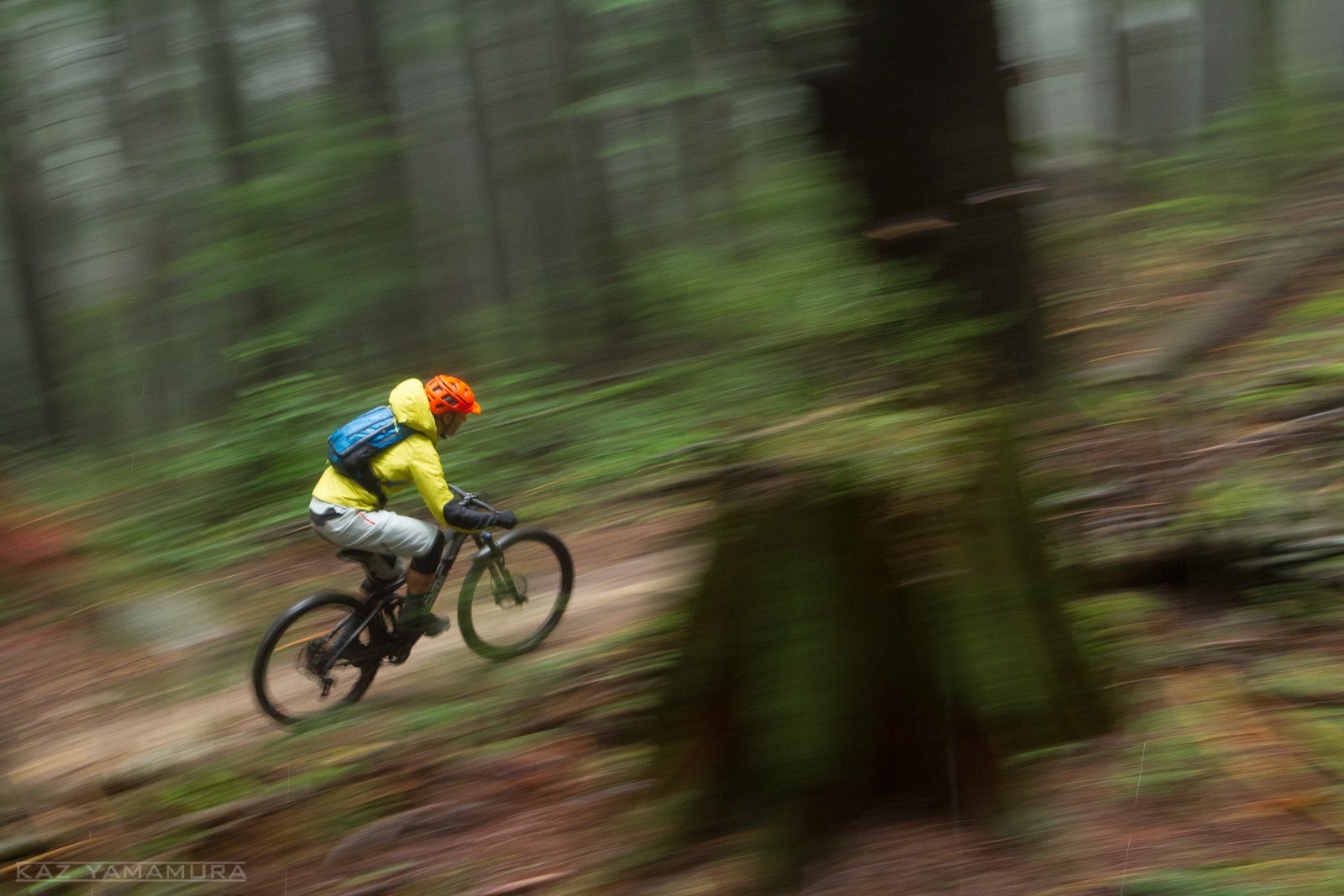
Rainy day speed blur. It’s when you can let off the brakes a little and get up some momentum that the Trailfox starts to shine.
The Ride
The Trailfox is surprisingly pleasurable to climb, almost something to be relished. The big wheels help and the bike is a reasonable weight, coming in around 31lbs (with pedals and tubes). Most noticeable when putting the power down is the frame’s stiffness. Word from BMC engineers is that they prioritize stiffness because it’s one of the top requests of their racers and riders, who want the Trailfox to respond predictably. Even without throwing the rear shock into climb mode you can feel the response to the smallest increase in pressure from the ball of your foot.
The suspension has impeccable manners, tracking the ground with Swiss accuracy. Blessed with such traction, the Trailfox is a surprisingly capable climber on technical trails considering its 150mm of travel. The climb switch is handy for those climbs where more body language is needed or for out of the saddle efforts.
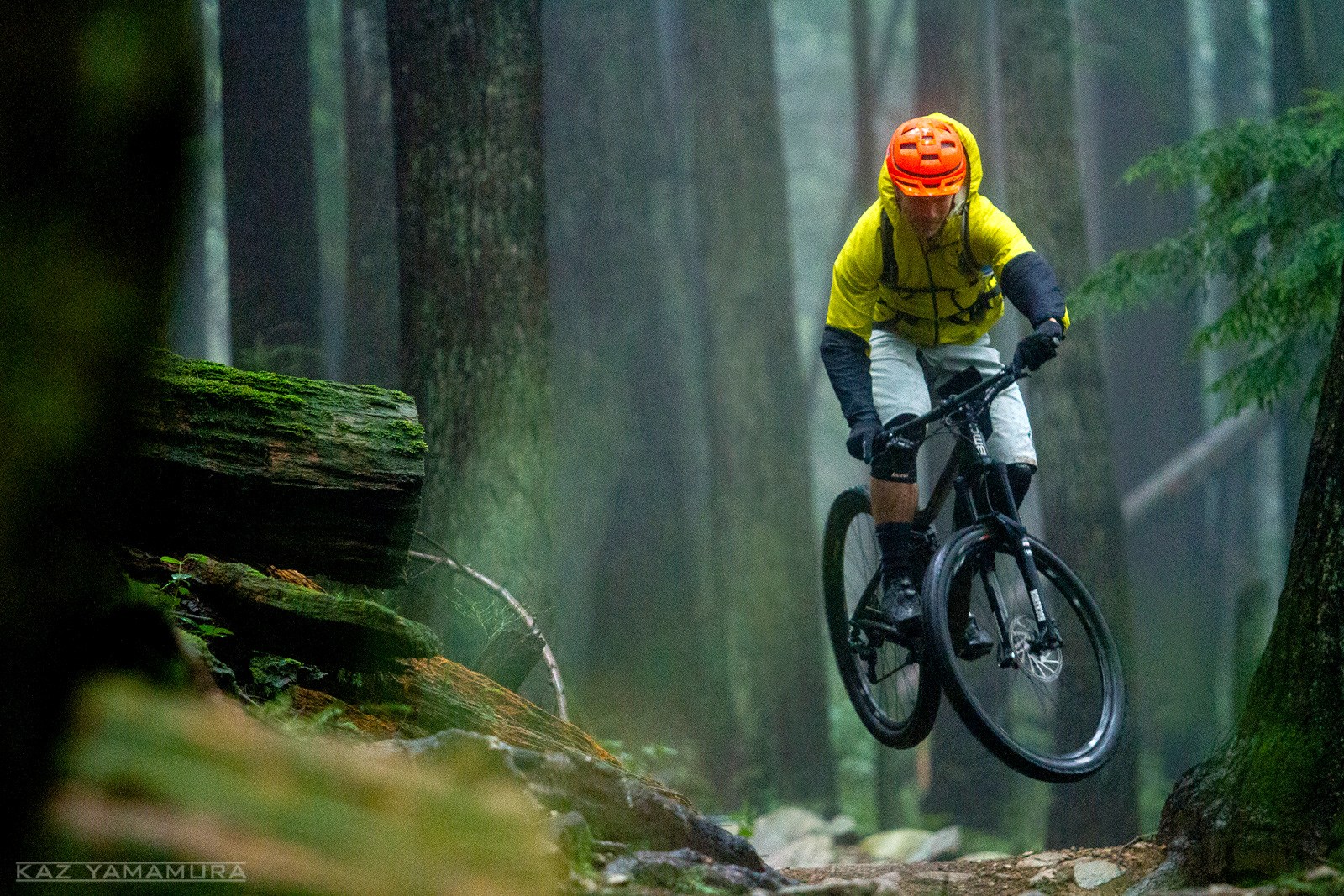
29er in slightly sideways shocker! Yes, you can have fun on a wagon wheeler and the Trailfox is a willing participant.
Pointed down and the Trailfox is in its element. The complexity of a Cane Creek shock makes botching the set up a real possibility. I found the base tune a touch too linear. A quick email to BMC backed this up and the suggestion was to add another spacer to the air can. This will give the rear suspension a more progressive nature. Not having a spacer on hand I took to using the plethora of adjustments on the DB Air. I ended up at a good point where I had nice suppleness at the start of stroke, good support mid stroke and didn’t feel like I was blowing through the travel on the bigger hits.
The Trailfox is a beast on rough trails. That nice suppleness off the top of the stroke gives good traction and backs it up on bigger hits by allowing the rear wheel to get up and out of the way. The Trailfox can generate a lot of speed from pumping the trail and then allowing the suspension to float you over the rough stuff. It’s not averse to being picked up to gap sections of trails either, so you can be a passenger or a pilot.
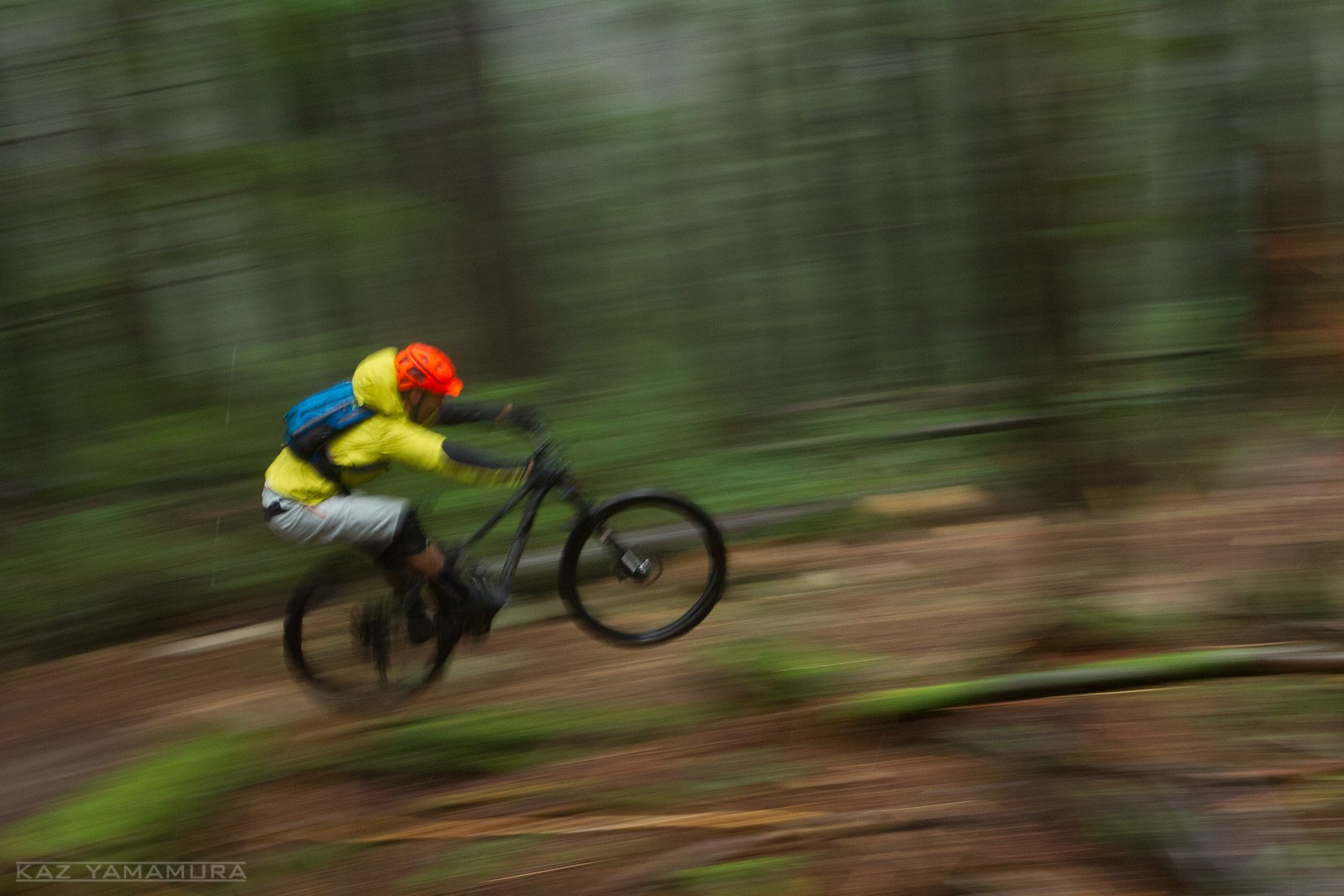
Speed manual time. The long front end of the Trailfox does require a bit more english to get it to manual. Kaz is happy when you wear bright coloured clothing for his photos but given the speed that you can get to on this bike even he had a hard time getting me all in focus.
I’m sure a some of this can be attributed to the DB Air, and if I were building up this bike from scratch it would be my first choice. This is a lot of bike to control and I’d want as much help as possible from the rear suspension. The Pike is a great fork as we all know, and a good match for the DB Air on the rear. Two air tokens are needed for me to prevent the fork from diving too much on the steeps and a click or two on the compression just to tame any bob or wallow.
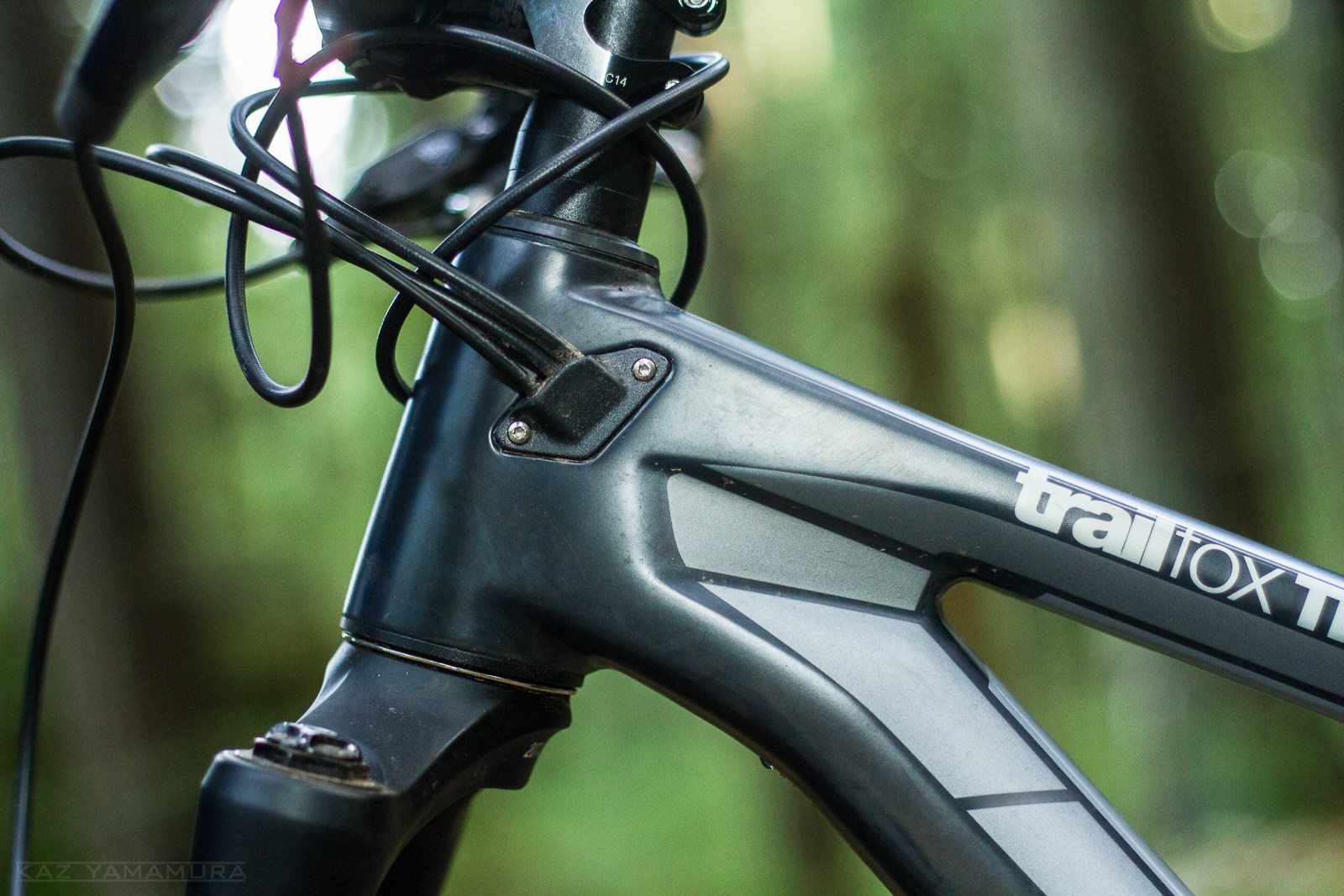
I never did get around to trimming all the cables and lines to tidy things up, but the internal routing kept things looking clean from the head tube rearward.
In the turns the Trailfox shows more of its cards. The long reach, slack head angle and low stack height means you have a lot of room on the bike to weight the wheels as needed. You need to get your weight forward over the front wheel to initiate high speed turns, but once fully involved you can allow your weight to re-centre allowing subtle and precise pressure control. The head tube on this bike is a good 20 to 30mm shorter than the competition and if you want to, you can really slam the stem. It takes some getting used to having the stem that low but it inspires you to get into an aggressive mode with the bike. Omar Bhimji spent some time on the bike and he found the front end too low (We are both 6’2″ ) so he fitted a riser bar while he rode it.
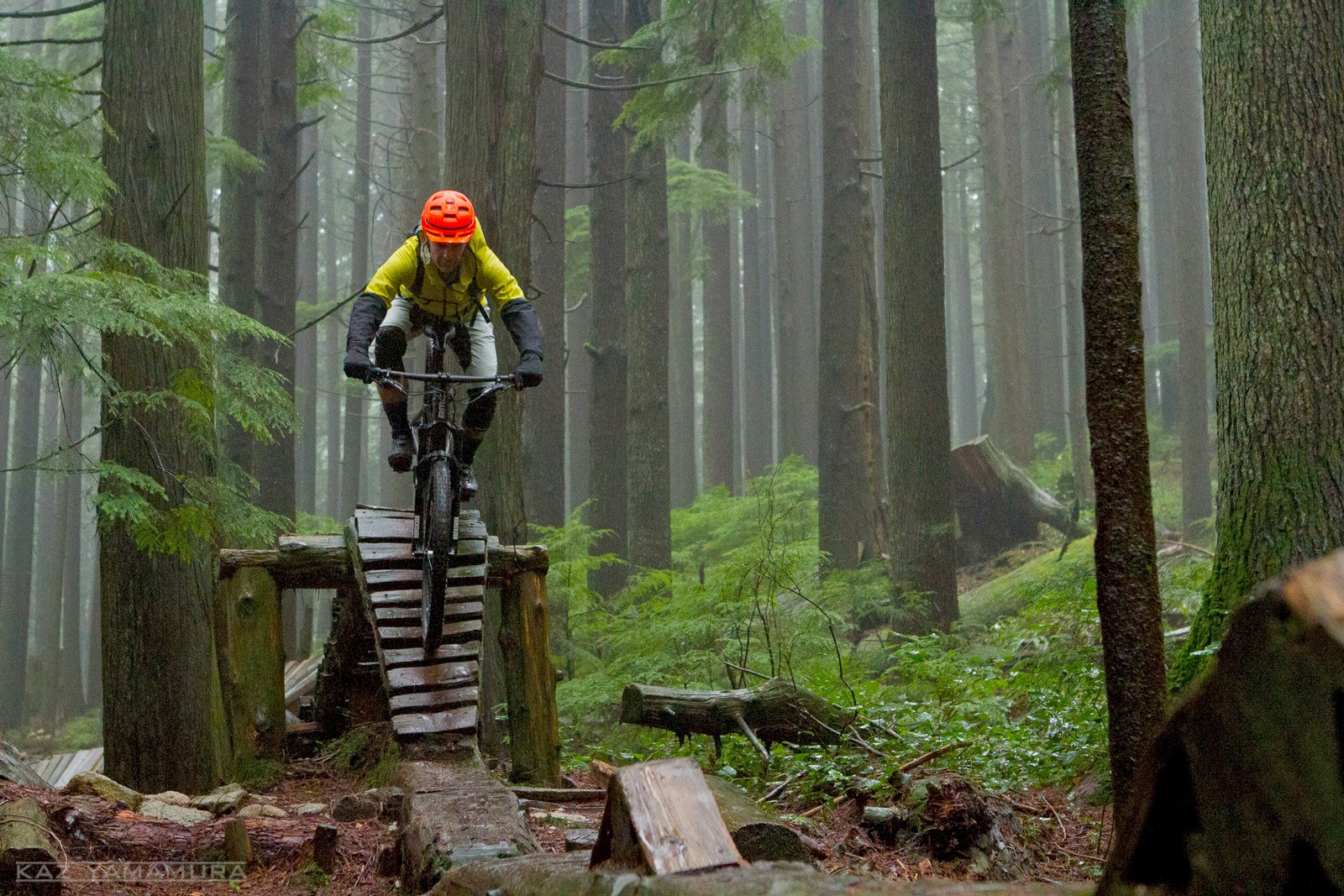
Some old school salvation for the Trailfox. The Trailfox doesn’t feel out of it’s element on the fabled slopes of the North Shore.
One of the criticisms of the Trailfox has been that it’s long wheelbase doesn’t play well when the corners get tighter and that matches my experience. The bike feels more reluctant to initiate into something tight like a switchback, especially compared to the Specialized Enduro 29er. But (did you feel there was one of those coming?) I think some of this can be mitigated with careful tire selection. The standard out of the box Onza Ibex tires are actually quite faithful companions when it comes time to turn, with really good support from the side knobs when leaned over. I tend to like a different tread front to rear, based on my preference for a more drifty rear wheel.
To test my theory I switched over a set of my own wheels onto the Trailfox with my one of my favoured tire combinations; the Schwalbe Magic Mary on the front and a Nobby Nic on the back. The combination of an aggressive front tire with a rear tire that lets go earlier makes the TF02 more maneuverable. Coming into a tight turn you can get the bike a touch loose, swinging the back wheel to the outside of the turn. Then tucking the front wheel onto your line of choice you can keep that rear wheel drifting through the turn. It is an aggressive way to ride and requires much more body language but it’s a fun and fast way to ride.
With the added grip that comes from the bigger wheel, fast turns can be hit with authority and the Trailfox enjoys being spat from one turn to the next. The Trailfox is incredibly stable and holds a line solidly when you start lowering your Strava times.
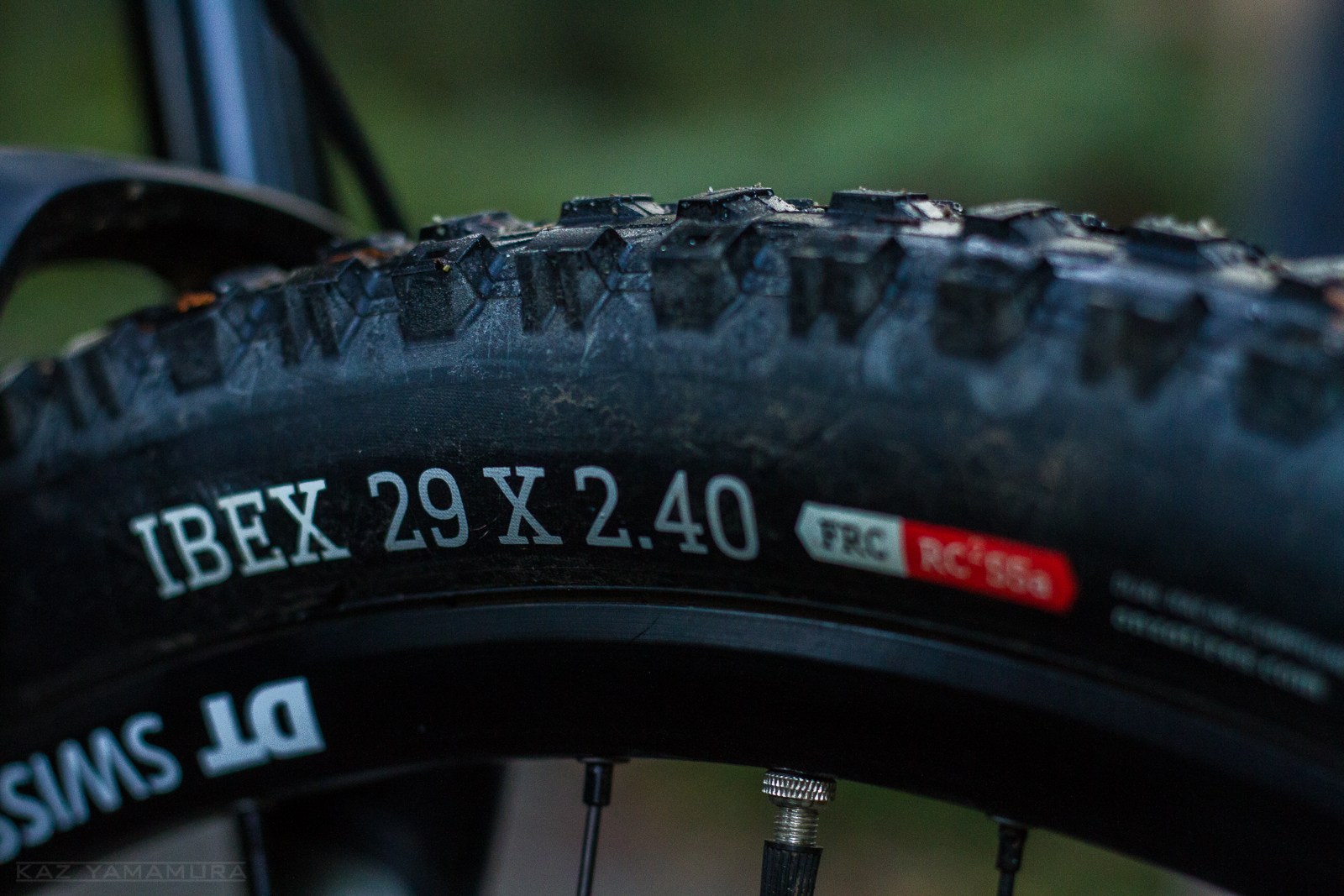
If you ride in wet and mucky conditions you may want some burlier rubber on the DT Swiss wheels than these Onzas.
It is hard to avoid comparing this bike to the Specialized Enduro 29, which I have also been riding lately, suspended with a Pike and a DB Air just like the TF. The Specialized’s stays and wheelbase are 5mm and 17mm shorter respectively, making it more willing when things are tight and twisty. That doesn’t mean the Enduro is the better bike. The Traifox for me wins when things get fast. The lower bottom bracket, longer reach and half degree slacker head angle means that the Trailfox has really good steering feel combined with great stability.
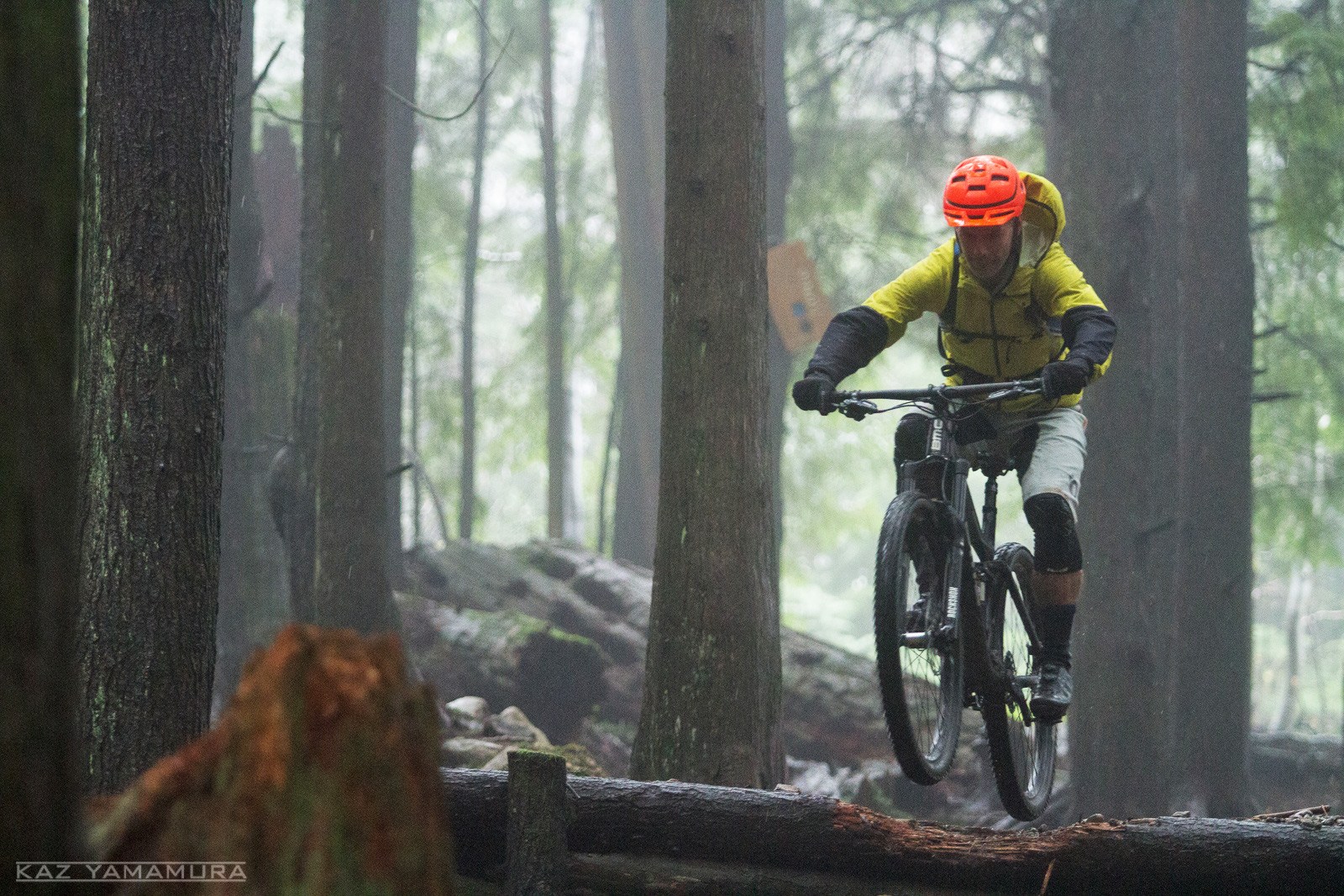
Launching into a chundery landing is something the Trailfox will happily handle. The roomy reach means that air time is balanced and confidence inspiring.
I admit that I thought I might not like the Trailfox at all, especially after recently having some great rides on the Enduro 29, but for all the praise that bike has received, the Trailfox isn’t too far off. It climbs as well as the Enduro, and both bikes hide their travel well in that regard. The Enduro edges the Trailfox on steep technical trails, but the Trailfox is more inspired when things get faster and rougher.
Admittedly for a lot of riders this bike may not click, especially if this is your first experience with 29″ wheels. It’s a lot of bike to ride and requires a more physical style to get the most out of it. If you ride trails like those on Vancouver’s North Shore, trails that are tight, steep and technical, this bike isn’t for you. In fact 29″ wheels may not be your thing if you don’t have the patience to adapt your riding style. However if you have already tasted the 29″ kool-aid and you generally ride trails that are rough and fast, this bike should be on the list.
For more details on the spec, different models and pricing check out our first look here.
A long travel 29er for shredders? Tell me it isn’t so.
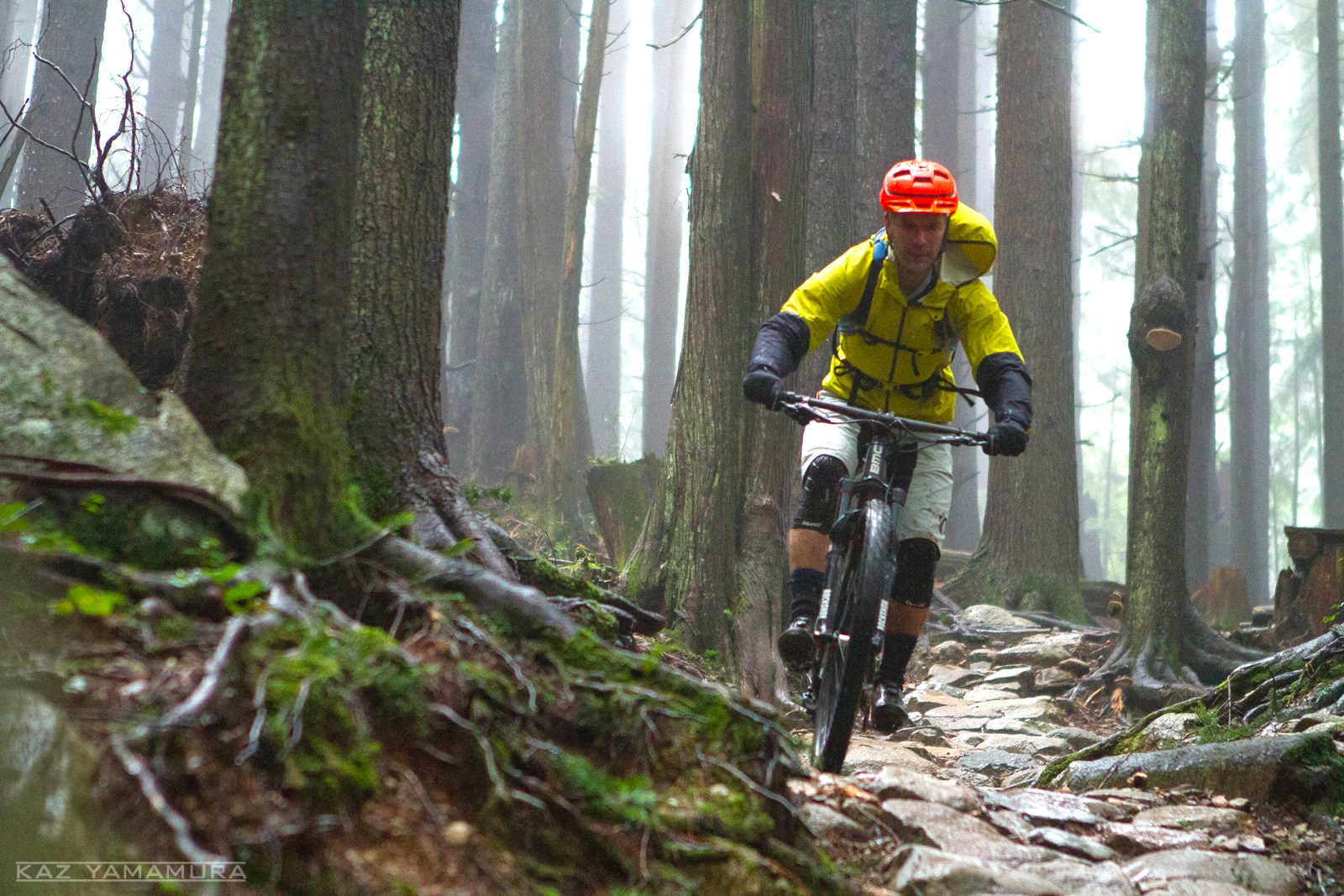
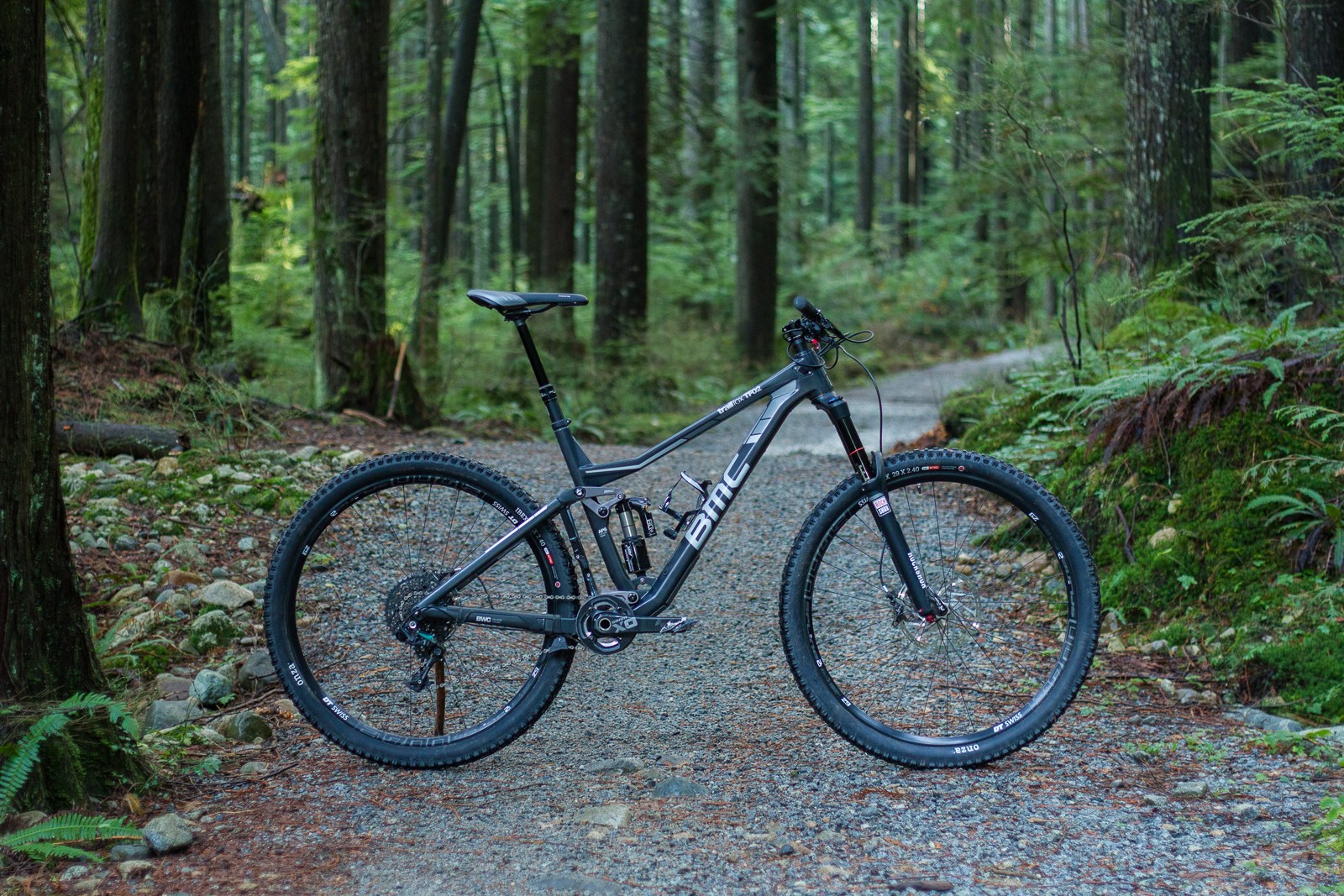
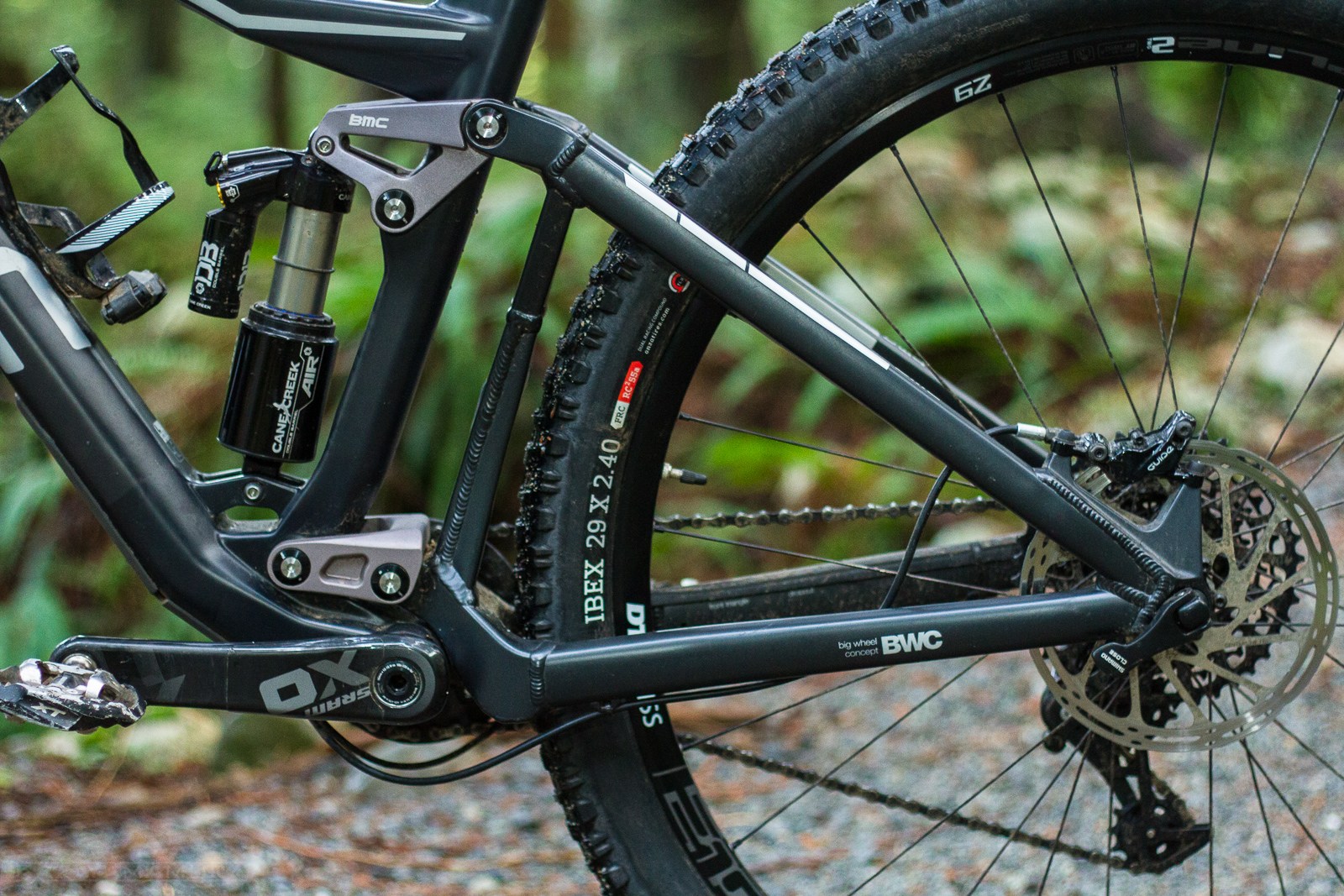
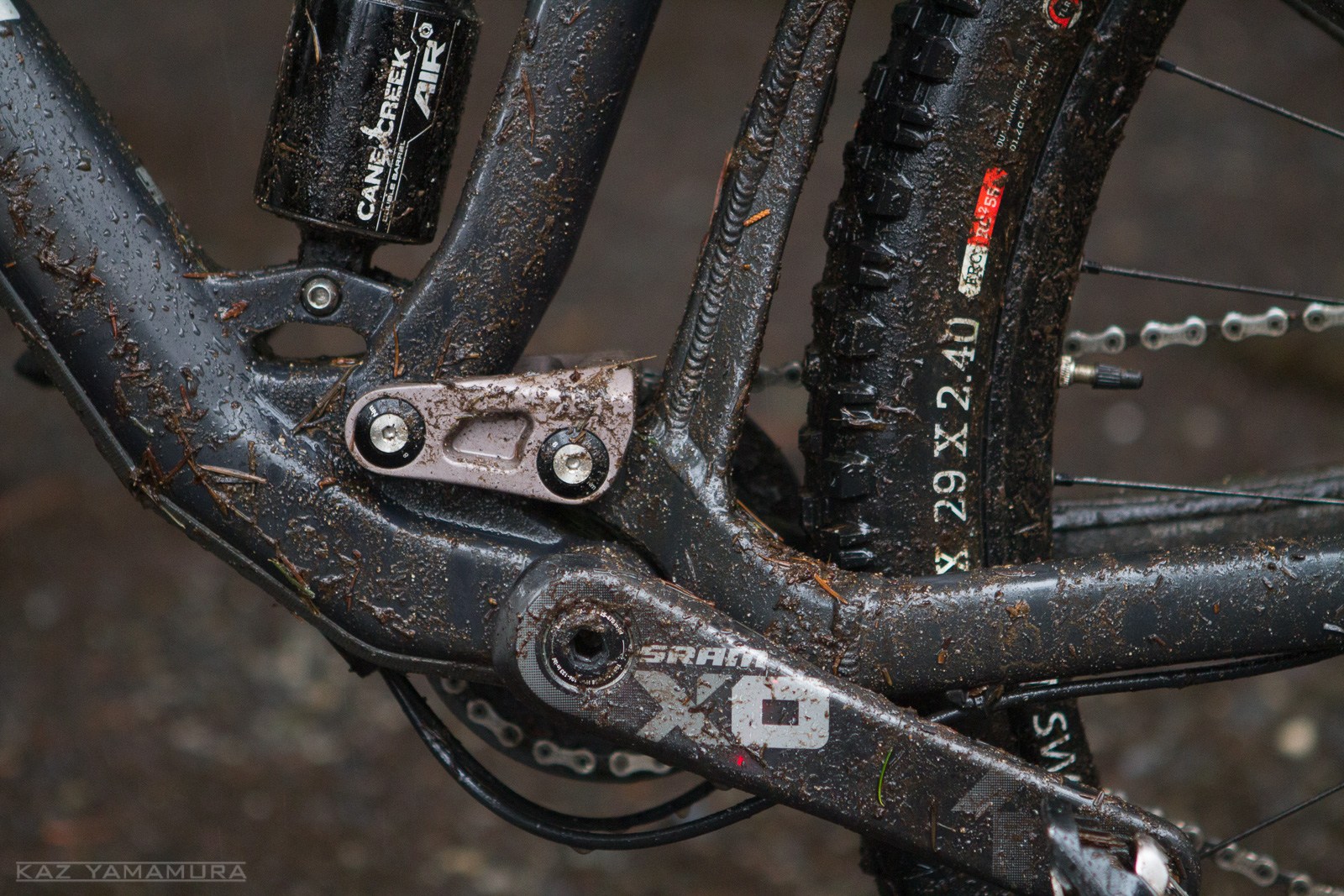






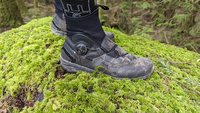
Comments
J Just J
9 years, 2 months ago
Review is moot based on the lack of attention to build detail. Hardly professional.
Reply
Jonathan Harris
9 years, 2 months ago
I'm not exactly sure what you mean by this but I'm open to constructive criticism. What do you feel is missing?
Reply
BLS
9 years, 2 months ago
Im 5'8″ first thing in the morning, and this bike is huge for me. The handlebars come up to my ribs and its difficult to stand over. I personally super appreciate the the 90mm head tube to really bear down on the front. I run a new 36 at 160mm travel, so you can imagine the axle-to-crown on a fork like that is getting into 26″ DH territory (567mm for my 36, a 26″ fox 40 is 571mm), so I run the stem flipped with only a 10mm spacer on the bottom (low). I don't have long legs and arms to leverage a bike around for things like manuals, but i find the bike super maneuverable. Very confident in the air, and tight cornering is only a matter of technique and line choice. Sure hasn't slowed me down yet.
Reply
Cam McRae
9 years, 2 months ago
What size do you ride BLS? And where do you ride?
Reply
BLS
9 years, 2 months ago
I ride a Medium with an 80mm -7deg stem. I ride in and around Santa Cruz.
Reply
Cam McRae
9 years, 2 months ago
A very Cali set up! Based on the riding I've done around SC the TF sounds like a great weapon.
Reply
DrewM
9 years, 2 months ago
Will Omar be doing a follow up review as well?
Always nice to read multiple view points on a bike.
Reply
Jonathan Harris
9 years, 2 months ago
Omar was on the cusp of getting the bike into its happy place when I snagged it. He too factored that the stiffness of the frame was a distinct character trait and that the bike comes alive more on faster trails. His sage words as the handlebar passed from his hands to mine were to go find something fast and rough and throw all you have at it. I tried to do that.
Reply
nick
9 years, 2 months ago
Since when is 750mm narrow? Jerome Clementz runs 750mm. Jared Graves runs 740mm. Francois Bailly-Maitre runs 740mm. Adam Craig runs 750mm. I'm sure there are others running wider bars, but 750mm is not narrow.
Reply
Derp
9 years, 2 months ago
Its much too narrow for me, regardless of who runs narrow bars. Most bikes should come with 800mm so we can cut them down. ESPECIALLY on a bike like this.
Reply
Jonathan Harris
9 years, 2 months ago
Yep.. that was my thought. Give me the option. I like 780mm wide bars and on a big 29er having the extra width helps to get the bike leant over.
Reply
Cam McRae
9 years, 2 months ago
I guess, for this type of bike, since 2012. The point is you can alway cut them, but you can't make them wider.
Reply
Pete Roggeman
9 years, 2 months ago
I don't know the height of all of those guys, but Jerome and Adam Craig are not that tall. A size L bike is generally aimed at riders in the 5'10 - 6'2 range, and bigger people generally want a wider bar. It would make sense to spec wider bars on the larger bikes at least.
Reply
Doug Nielsen
9 years, 2 months ago
I usually agree Cam and Pete but today I have to disagree. Bars are getting so wide it's ridiculous. I'm 6FT, I run 760 and the tree dogging is insane here in Park City. I can't imagine going any wider. You'd be clipping trees left and right-and-a 5'10- -6'2 rider does not need 800mm. 800mm should come on XL frames, not L frames. L frames should be 740-760-which is not narrow but any means-but I guess we all have our opinions on what makes the best bike, right?
Reply
DrewM
9 years, 2 months ago
Personal preference is personal preference for sure. I'm 5'9″ with the ape index of Tyrannosaurus Rex and I'm useless at mountain bikes with less than a ~780mm bar.
I will say, from a spec perspective, that the "spec 800mm bars and cut them down if you want narrower" crowd are obviously people who do not generally cut down their bars. Most bars are engineered to be ~ a certain length and they are significantly reinforced (stiffer) in the clamp/bend area if they are designed to be 800mm vs. 750mm vs. 730mm.
It is the extreme example (re. the high level of engineering that goes into their bars) and a VERY expensive test (so you'll probably want to take my word for it) but if you cut down an Easton Havoc 35mm 800mm bar even 20mm on each side it goes from being the most comfortable "super wide" bar on the market to an incredibly harsh ride.
Reply
Please log in to leave a comment.